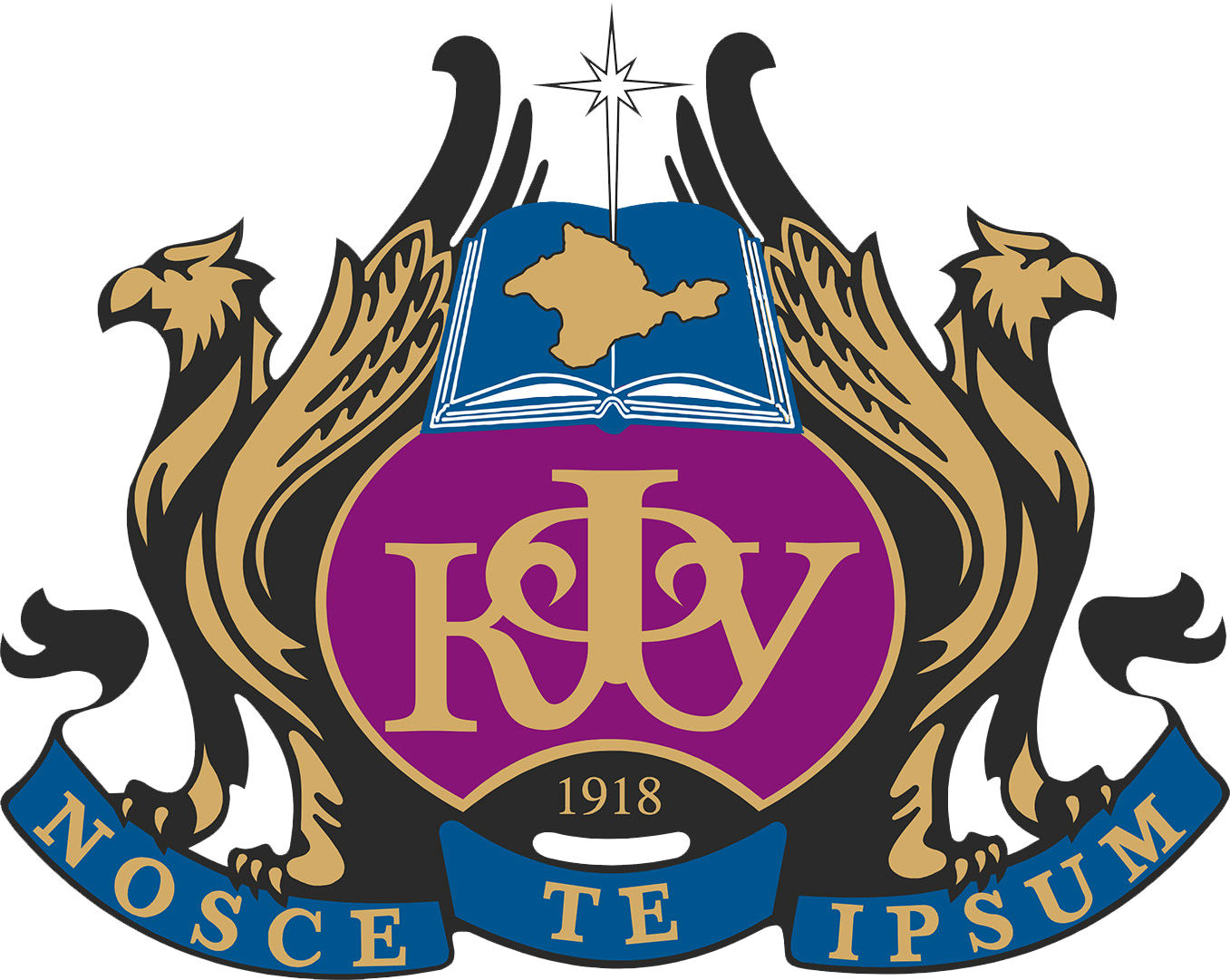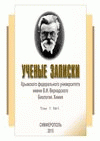The purpose of this study was to evaluate the effect of the product from the drone larvae of the honey bee «Bilara» on the stationary and oscillatory characteristics of the microcirculation system of athletes. 50 athletes of basketball players of the control and main groups were examined by laser Doppler flowmetry (LDF) and fluorescence spectroscopy (FS). The inclusion of the bioprodukt «Bilar» in the diet of athletes at the stage of the pre-competitive training cycle has a twofold effect. After applying Bilar, the nutritional blood flow increases in a state of relative rest, the direct regulator of which is vasodilation of precapillary sphincters. A decrease in the peripheral resistance of precapillary sphincters «facilitates» blood flow into the microvascular bed with the participation of extravascular pulse and respiratory regulation mechanisms. At rest, after «Bilar», the level of oxidative metabolism decreases. In conditions of working hypoxia, activation of vasomotion and flaxmotion increases blood perfusion and the amount of nutritive blood flow. The increase in the intensity of microcirculation is based on a decrease in microvascular tone, which reflects an increase in the amplitude of intravascular mechanisms. Monitoring of fluorescence of NADH and FAD coenzymes in the form of a redox potential showed a significant increase in oxidative metabolism after dosed physical activity. The analyzed data indicate the high relevance of the further introduction of drone brood preparations into the nutritional component of the athletes’ diet, which will serve as a tool for improving the physical performance of athletes and accelerated recovery.
laser Doppler flowmetry, microcirculation, athletes, bioproduct, physical activity, fluctuations in blood flow, oxygen transport.
1. Garganeeva N. P. [and others], The influence of physical activity of different directions on indicators of physical performance and the level of maximum oxygen consumption in qualified athletes, depending on
2. Macdermid P. W., Stannard S. R. A whey-supplemented, high-protein diet versus a high-carbohydrate diet: effects on endurance cycling performance, International Journal of Sport Nutrition and Exercise
3. Borisova O. O. Nutrition for athletes: foreign experience and practical recommendations [Text]: educational method. Allowance, 132 (Soviet sport, Moscow, 2007).
4. Kulinenkov O. S. Pharmacological assistance to an athlete: correction of factors limiting sports performance, 144 (Soviet sport, Moscow, 2007).
5. Kim V. N., Krivulina G. B., Shevelev V. M., Karpov R. S., Correction of endothelium-dependent microcirculation disorders, biochemical blood parameters, level of performance, vegetative and psycho-
6. Brook T. M., Litvin F. B. Assessment of the reactivity of the microcirculation system to physical activity with the combined use of natural dietary supplements and LILI in athletes with different types of heart rate
7. Novikov V. S., Karkishchenko V. N., Shustov E. B. Functional human nutrition under extreme influences, 346 (Politekhnika-print, St. Petersburg, 2017).
8. Hinton P. S. Iron and the endurance athlete. Applied Physiology, Nutrition, and Metabolism, 39, 9, 1012 (2014).
9. Maughan R. J., Depiesse F., Geyer H. International Association of Athletics Federations. The use of dietary supplements by athletes, J Sports Sci, 25, 1 (2007).
10. Potgieter S. Sport nutrition: A review of the latest guidelines for exercise and sport nutrition from the American College of Sport Nutrition, the International Olympic Committee and the International Society
11. Gavrilova E. A. Sports nutrition is an integral component of sports training, 48 (Moscow, 2021).
12. Prohoda I. A. New technology for the production of bilar products. Beekeeping – XXI century. Beekeeping, apitherapy and quality of life: materials International. conf. (Pishchepromizdat, Moscow,
13. Litvin F. B. Prohoda I. A., Morozova E. P., Martynov S. V., The influence of the drug “Bilar” on the autonomic regulation of heart rate in young athletes. Yearbook of the Research Institute of Fundamental and
14. Mitrofanov D. V., Budnikova N. V., Brandorf A. Z. Application of drone brood in rational nutrition and apitherapy, Agricultural science of the Euro-North-East., 22, 2, 188 (2021). DOI: https://doi.org/10.30766/2072-9081.2021.22.2.188-203; EDN: https://elibrary.ru/GBWYAQ
15. Baboshina N. V. Age-related features of the formation of the microcirculation system, its regulatory mechanisms and reserve capabilities during the periods of primary school, adolescence and
16. Mikhailov P. A., Muravyov A. V., Osetrov I. A., Tikhomirova I. A. Structure of relationships between indicators of aerobic performance of central hemodynamics, microcirculation and blood rheology,
17. Litvin F. B.. Brook T. M., Terekhov P. A., Prohoda I. A. The influence of a dietary supplement based on drone larvae homogenate on microcirculation and metabolism in cross-country skiers, Sports medicine:
18. Dunaev A. V. Method and device for assessing the functional state of microcirculatory tissue systems of the human body based on multiparametric optical diagnostics, Izv. universities in Russia.
19. Bykov A. T., Litvin F. B., Baranov V. V., Zhigalo V. Ya., Zezyulya V. S. Assessment of the influence of fermented whey on the morphofunctional status and performance of athletes during intense physical
20. Krupatkin A. I., Sidorov V. V., Dunaev A. V., Rafailov E. V. Synchronization of myogenic oscillations of microblood flow and changes in oxygen saturation – a manifestation of physiological adaptation in
21. Krupatkin A. I., Sidorov V. V. The problem of adaptation and oscillatory processes in the microcirculatory bed, Human Physiology, 42, 4, 69 (2016). DOI: https://doi.org/10.7868/S0131164616040093; EDN: https://elibrary.ru/WFALBZ
22. Dunaev A. V. Multimodal optical diagnostics of microcirculatory tissue systems of the human body, 440 (Monograph, Stary Oskol, 2022).
23. Sidorov V. V., Rybakov Yu. L., Gukasov V. M., Yevtushenko G. S. System of local analyzers for non-invasive diagnostics of the general condition of the compartments of the microcirculatory tissue system of human
24. Rodichkin P. V., Regulation of motor functions in high-class athletes and its optimization with the help of adaptogens, antihypoxants and hyperbaric oxygenation, Dis. ... doc. honey. Sciences, 321 (St. Petersburg,
25. Vogel H. G. Drug discovery and evaluation pharmacological assays, 2129 (Springer, 2008).
26. Burmistrova L. A., Physico-chemical analysis and biochemical assessment of the biological activity of drone brood: abstract. diss. Candidate of Biology Sciences, 22 (Ryazan, 1999). EDN: https://elibrary.ru/NLMMVZ
27. Kozlov V. I., Sakharov V. N., Gurova O. A., Sidorov V. V., Assessment of the state of microcirculation in children 6–7 years old according to laser Doppler flowmetry, Regional blood circulation and
28. Stefanovska A., Bracic M., Kvernmo N. D., Wavelet analysis of oscillations in the peripheral blood circulation measured by laser Doppler technique, Trans Biomed Eng., 46, 10, 1230 (1999).
29. Bartolom F., Abramov A. Y., Measurement of mitochondrial NADH and FAD autofluorescence in live cells, Mitochondrial Medicine, 263 (2015).
30. Krupatkin A. I., Sidorov V. V., Functional diagnostics of the state of microcirculatory tissue systems: Oscillations, information, nonlinearity, Guide for doctors. Ed. 2nd., 496 (LENNAND, Moscow, 2016).
31. Heikal A. Intracellular coenzymes as natural biomarkers for metabolic activities and mitochondrial anomalies, Biomarkers in Medicine, 4, 2, 241 (2010). DOI: https://doi.org/10.2217/bmm.10.1; EDN: https://elibrary.ru/NBBRIJ
32. Luo X., Li R., Yan L.-Jun., Roles of Pyruvate, NADH, and Mitochondrial Complex 1 in Redox Balance and Imbalance in Cell Function and Dysfunction, Diabetes Res., 1 (2015).
33. Karnaukhov V. N. Luminescent analysis of cells, 131 (2002).
34. Glagoleva E. N., Sidorov V. V., Podoplekina N. D., Fayzullina D. R. Assessment of microcirculatory tissue systems after cosmetic procedures aimed at correcting age-related changes, Regional blood
35. Samoilov V. O. Fluorescence of components of the mitochondrial respiratory chain in medical diagnostics, Biophysics, 58, 5, 813 (2013).
36. Shabrykina N. S. Biomechanical model of microcirculation and transcapillary metabolism., Diss... cand. fm. Sci., 159 (Saratov, 2008). EDN: https://elibrary.ru/NPQFDH
37. Vlasov T. D., Kornyushin O. V., Papayan G. V. Possibilities of autofluorescent organoscopy for ischemic and reperfusion injury of the small intestine in vitro, Regional blood circulation and microcirculation, 2,
38. Kvernmo H. D., Stefanovska A., Kirkeboen K. A., Kvernebo K. Oscillations in the human cutaneous blood perfusion signal modified by endothelium-dependent and endothelium-independent
39. Dunaev A. V. Method for assessing adaptive changes in microcirculatory tissue systems of the human body, Fundamental and applied problems of engineering and technology, 4, 1, 88 (2020).
40. Katayama K., Matsuo H., Ishida K. et al., Intermittent hypoxia improves endurance performance and submaximal efficiency exercise, High. Alt. Med. Biol., 4, 3, 291 (2003). DOI: https://doi.org/10.1089/152702903769192250; EDN: https://elibrary.ru/LNMYOF
41. Millet G. P., Roels B., Schmitt L. et al., Combining hypoxic methods for peak performance, Sports Med, 40, 1 (2010). DOI: https://doi.org/10.2165/11317920-000000000-00000; EDN: https://elibrary.ru/YBETMJ





